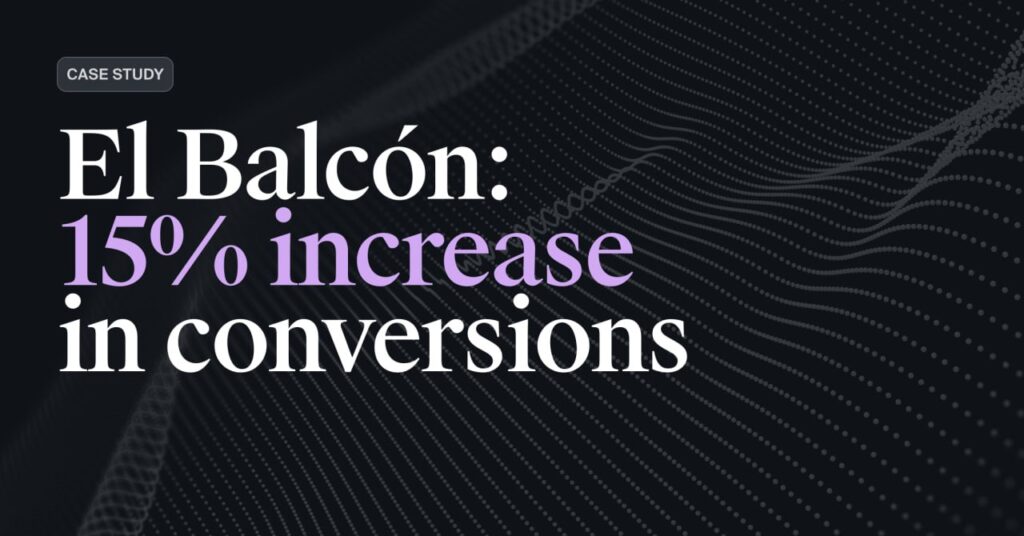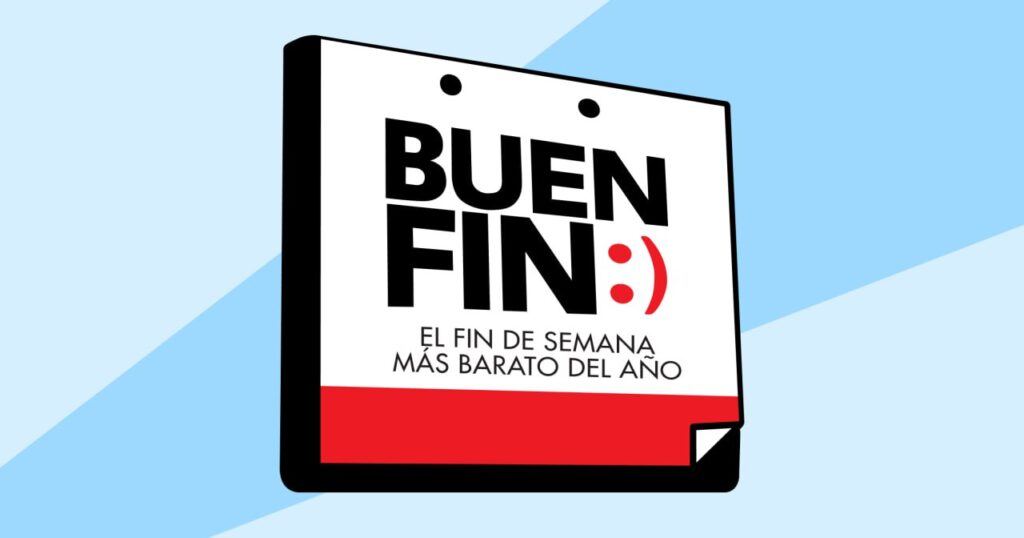
According to a study by eMarketer, in LATAM, half of purchases are made through a mobile device. And with annual revenue growth of 13% projected for the ecommerce market in this region, the potential for selling through mobile is enormous. However, although this is widely known by brands and marketing agencies, there is a tendency to prioritize the design of buyer experiences and websites for desktops.
In fact, according to a survey of 300 global corporations, 39% don’t have a mobile-first approach. So, why do companies choose to ignore mobile? In LATAM, a material factor cannot be overlooked: budgets are smaller. With marketing agencies billing and quoting by the hour, marketing directors and CEOs must set priorities. With this in mind, mobile and responsive modes are moved to a secondary place, and apps get kicked out of the table.
But what if designing for mobile first was the correct approach? What if designing for mobile could not only grow your sales but also optimize your design budget? It’s no coincidence that Google declared itself a mobile-first company in 2010.
Table of Contents
Mobile-first philosophy
Luke Wroblewski – Product Director at Google for 8 years– is an interface design expert who launched the idea of “Mobile First” in 2010. This consists of designing the mobile version before the Web version. According to him, creating the mobile version first has three fundamental advantages:
- For today’s internet, mobile is more relevant than desktop or laptop.
- Designing for mobile makes you focus on what’s really important. Designing for such a small screen forces you to prioritize the essential tasks. This is why websites created with the “Mobile First” philosophy are more usable and focused on ROI.
- Mobile capabilities surpass computers (GPS, accelerometer, camera, touch screen, etc.) Designing mobile first allows you to use all these capabilities instead of restricting your interface to the powers of a computer.
Approaching the buyer’s journey through mobile can give you the best tactics to convert your leads while expanding your opportunity to reach your audience. This is why it’s essential to take full advantage of the benefits of m-commerce (mobile commerce). To achieve this, we recommend a few quick actions.
Quick Action #1: Design your website for mobile with an agile methodology
It is a mistake (although very typical) to build the Web version first and then make a reduced version for mobile, using all the content but differently distributed. With this working method, your page will not be suitable for mobiles, nor will it take advantage of the exclusive capabilities of mobiles that do not exist on a PC. And this mistake will be even more noticeable in the coming years.
Designing for mobile gives you many more possibilities outside of the typical HTML, CSS, and Javascript. It’s also more challenging for interface design experts. Agile methodologies are a great way to approach designing for mobile because it gives you the opportunity to test and iterate. You start with the basics and gradually build up.
Mobile forces you to include only the essentials: short copy, robust and meaningful images, and easy navigation. CTA’s should be clear enough for the user to perform the action you want them to do.
Quick Action #2: Using SMS or text messaging customer service
SMS marketing is growing more and more each year. In a 2021 report by the text messaging service Simple Texting, 62% of consumers had subscribed to receive texts from businesses. E-commerce businesses have 98% open rates and 36% click-through rates because consumers can quickly find offers in their text messages instead of looking for them on websites, emails or social media feeds.
SMS customer service allows on-the-go mobile users to chat with a customer service rep as quickly as anyone else and resolve problems wherever they are. If purchases can be completed using the screen of a mobile device, customer service for that business should be just as simple.
There are other ways in which texts can help smooth and enhance the customer experience. You can send a text message to your customers to keep them updated on the status of their orders. You can also use messages as little reminders. This is ideal to avoid customers forgetting a payment or an appointment for your product and/or service. Finally, texts work as a great way to build empathy and get closer to your client. You can send greetings on important dates or share a company achievement, such as opening a new store.
Simple Texting offers a free trial with no credit card required and claims to have a super-fast-and-easy setup for you to get started in a wink.
Quick Action #3: Use mobile-friendly widgets and plugins
A plugin is also called a module or a widget. It is a piece of software that adds features to your site or app. From a technical perspective, they are written in programming language. Still, in many cases, anyone can easily add them on WordPress, Wix, and other web-building platforms.
Suppose you are building your website for mobile, but you want it to be suitable for desktop too. In that case, you should choose widgets and plugins compatible with desktop and mobile. But be careful! Many products will claim to be “responsive” or “mobile-friendly,” but they don’t offer a good solution for mobile. Check reviews carefully and do some tests before launching.
Amongst super practical widgets for ecommerces, you might find product recommendation tools. We consider it a must-have for all online businesses, especially after hearing about this study from Salesforce that shows how personalized recommendations drive 26% of the total revenue of an ecommerce business. Sellesta offers a product recommendation solution that is 100% mobile-friendly and is already growing sales by 20%.
Go mobile or lose the game
Becoming a mobile-first company is critical in today’s LATAM market and a huge opportunity for ecommerce businesses. If you’re about to develop your website or already have one that’s not mobile-friendly enough, take a few quick actions right now and change the game for your business.
To learn more about mobile-friendly tools that personalize search and improve conversion, check out Sellesta solutions or book a demo!


